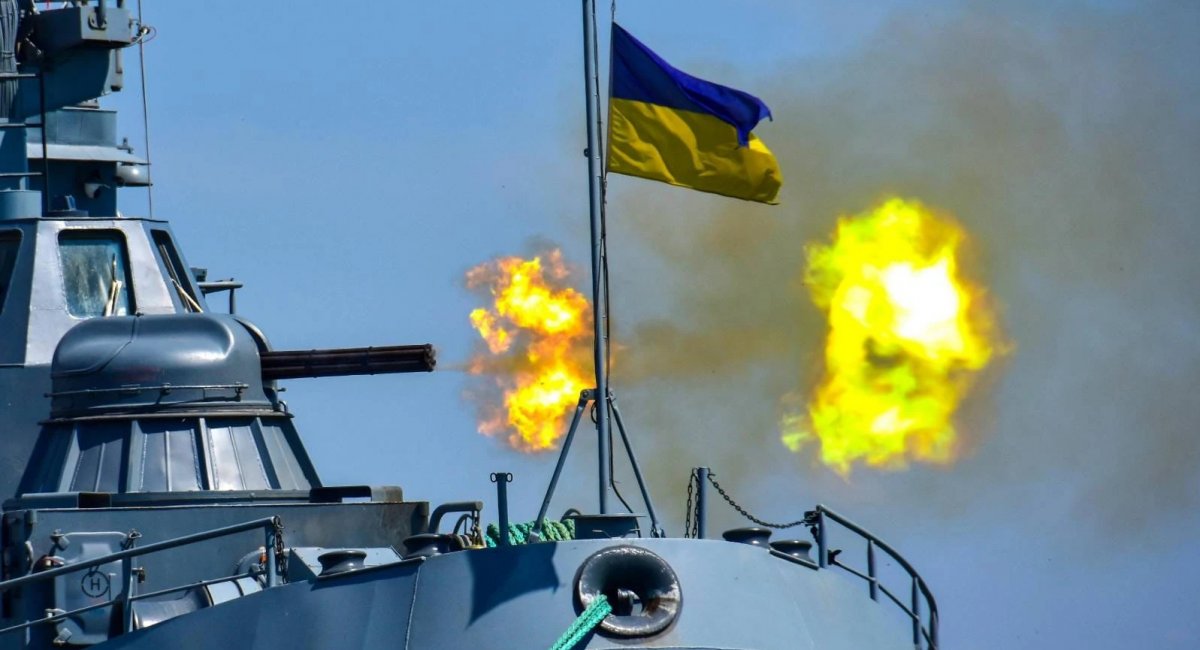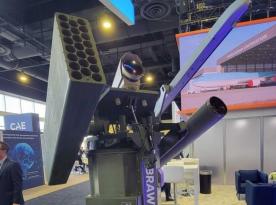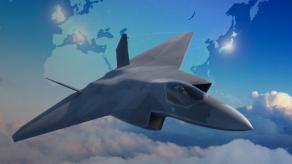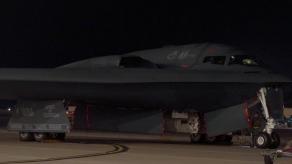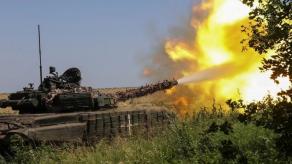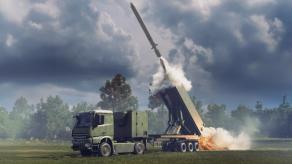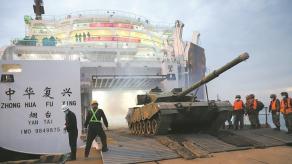To answer these and other questions, ArmyInform spoke with military expert Captain 1st Rank (Ret.), war veteran, Candidate of Military Sciences, and Associate Professor Stepan Yakimyak.
Intellectual Leadership and Strategic Superiority Over the Enemy
— Ukraine’s victories in the Black Sea are unprecedented and occupy a unique place in global naval history. But how did the Navy, together with other branches of the Ukrainian Defense Forces, manage to push back the main strike and amphibious components of the russian fleet — first to the Crimean coastline, and later to Novorossiysk?
Read more: The Missile Used By Ukrainian Magura Drone For Historic Su-30 Downing Was the AIM-9 Sidewinder
— From the first days of the full-scale invasion, the Ukrainian Navy's key advantage over the enemy has been its intellectual leadership. The ability to understand strategic dimensions of maritime defense, freedom in choosing how to accomplish missions, comprehensive and well-grounded decision-making, and effective operational command all laid the foundation for superiority at sea.
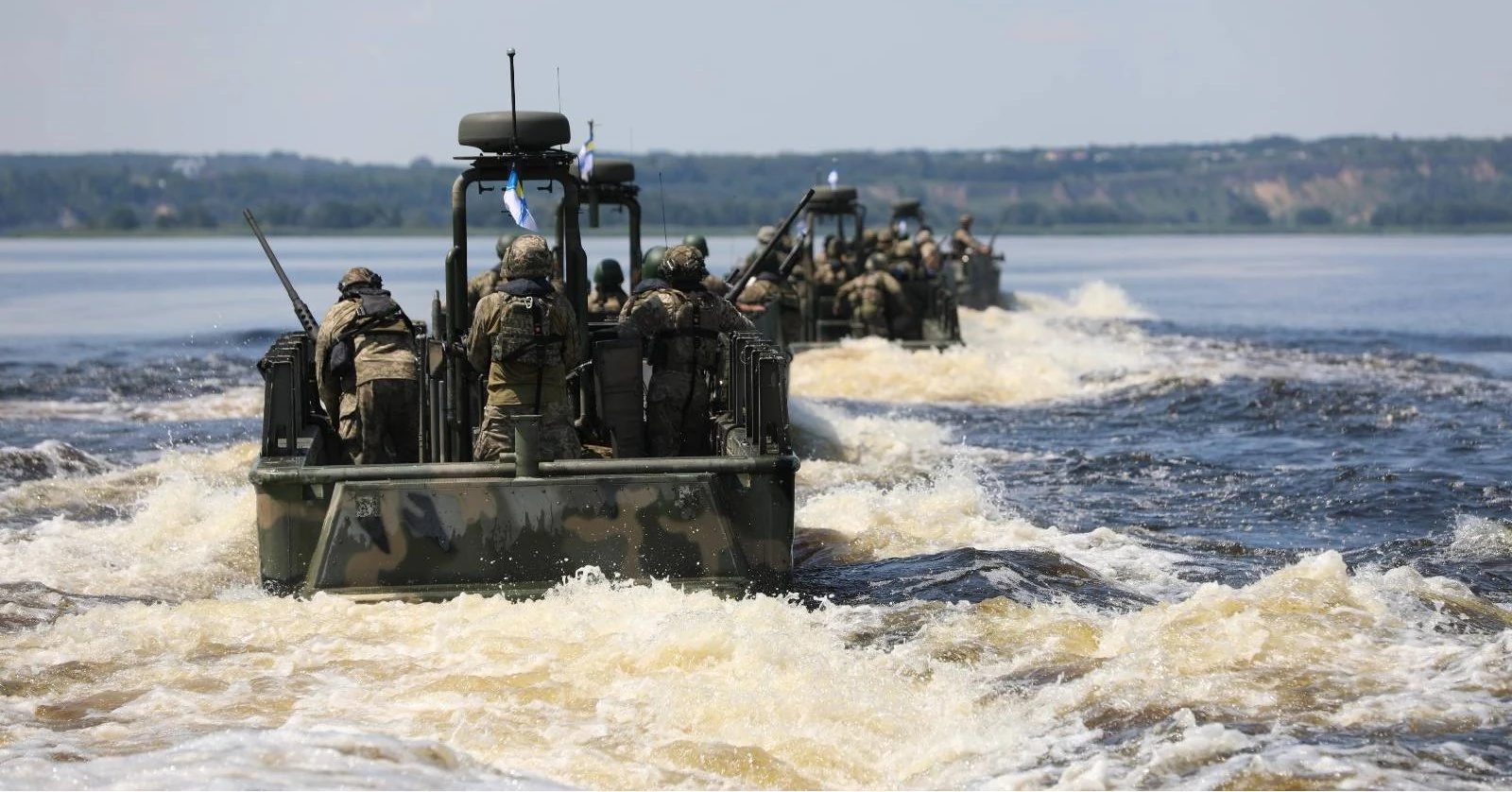
By building a reliable maritime defense, efficiently using limited resources, and continuously analyzing enemy behavior, the Navy launched missile strikes in April 2022 that forced russian forces to retreat to the Crimean coastline. Subsequently, the area of naval operations expanded from 300 to nearly 800 kilometers — reaching even enemy shores. Ukrainian maritime exports were safeguarded. Today, Ukraine holds the initiative across more than 90% of the Black Sea battlespace. According to the Ukrainian Navy Commander and the Chief of the Defense Intelligence of Ukraine, russian warships, now hiding in Novorossiysk, only occasionally leave port to launch Kalibr missile strikes from coastal waters.
Asymmetric Naval Warfare in Action
— Has Ukraine truly succeeded in implementing an asymmetric warfare strategy at sea, as outlined by the Navy’s leadership and leading naval scholars in the years preceding and following the start of russia’s aggression in 2014?
— In the face of overwhelming enemy superiority in operational and combat capabilities at sea, Ukraine indeed focused early on asymmetric means and methods. One of the most effective tools of asymmetric impact, as is well known, is naval mine warfare.
Even with limited quantities of sea mines, Ukrainian sailors deployed them in advance and successfully used them to defend against amphibious landings along the coastline and near key ports. At the onset of the invasion, Ukraine designated seven zones along the northwestern Black Sea coast as restricted to navigation, in full compliance with international law. In addition, by integrating the RK-360MC Neptune coastal missile system and coastal artillery, Ukraine essentially established robust mine-missile-artillery defense positions.
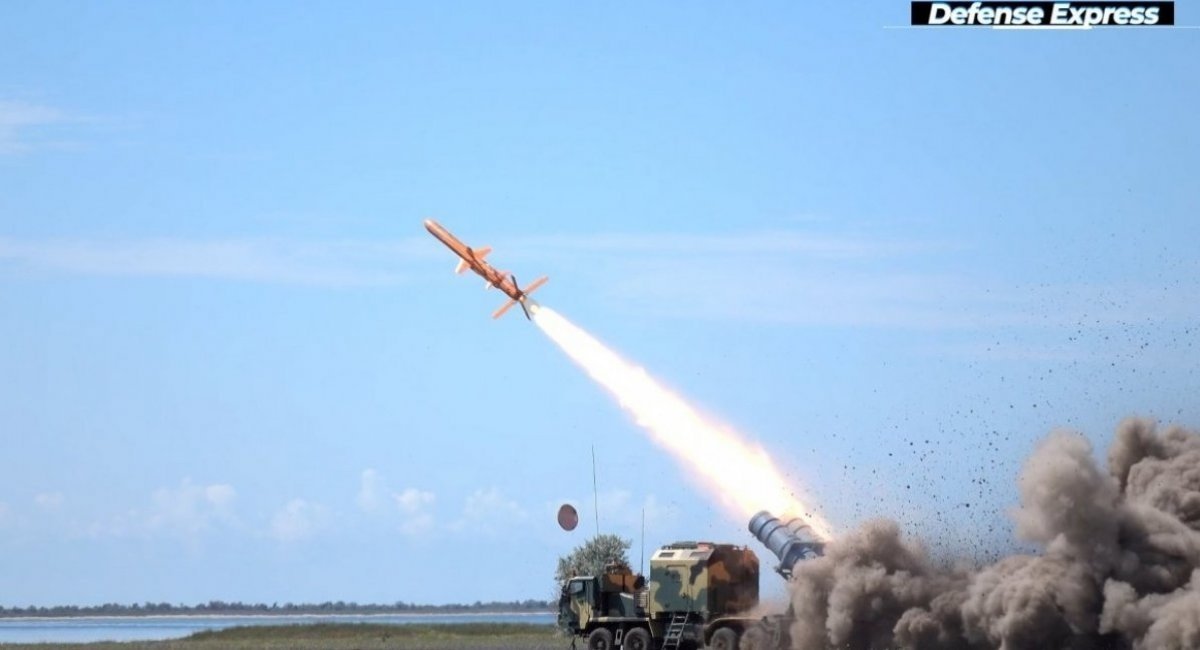
The enemy repeatedly suffered losses when attempting to test these defenses or to land sabotage and reconnaissance groups from the sea.
Ukraine’s Asymmetric Naval Advantage Also Includes Technological Superiority
One of the Ukrainian Navy’s key asymmetric advantages has been its early adoption of advanced maritime situational awareness technologies — most notably, the implementation of the Delta information system. In subsequent phases of the war, robotic maritime systems became Ukraine’s newest and most effective asymmetric weapon against the enemy.
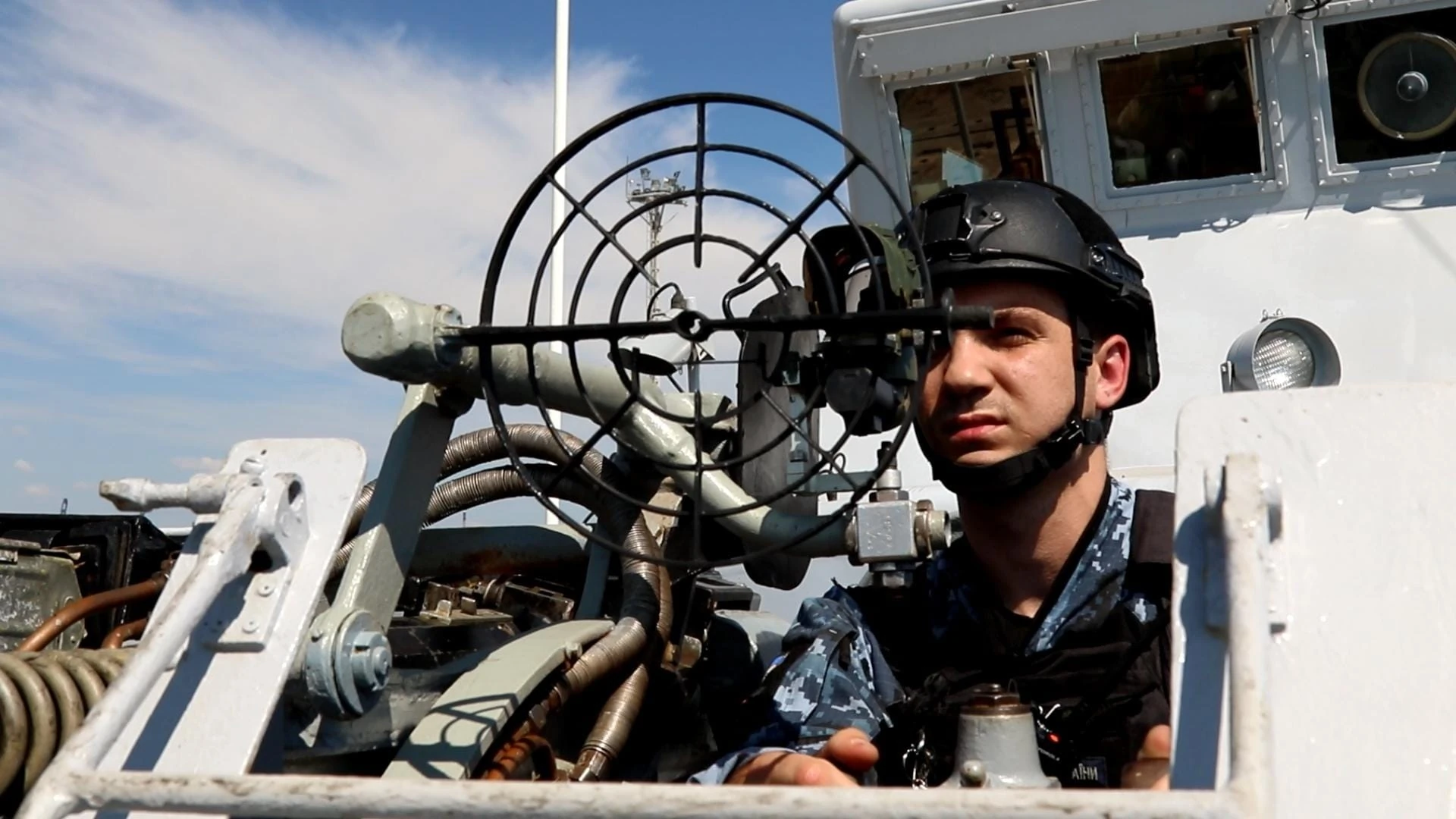
Extraordinary Acts of Valor and Fighting Spirit
— What are some of the most remarkable examples of heroism and combat spirit among Ukrainian Navy personnel during the war? What combat qualities have they demonstrated?
— There are many. Among them:
The heroic actions of the crew members of the patrol boat Sloviansk of the Naval Forces of the Armed Forces of Ukraine, who died in battle while carrying out a combat mission on March 3, 2022. The astonishing naval victory in March 2022, when the small diver support vessel Pochaiv defeated the modern russian frigate Admiral Makarov in battle. The prolonged defense of Mariupol by Ukrainian marines; and the establishment and holding of a beachhead on the left bank of the Dnipro River near the village of Krynky by those same Marines.
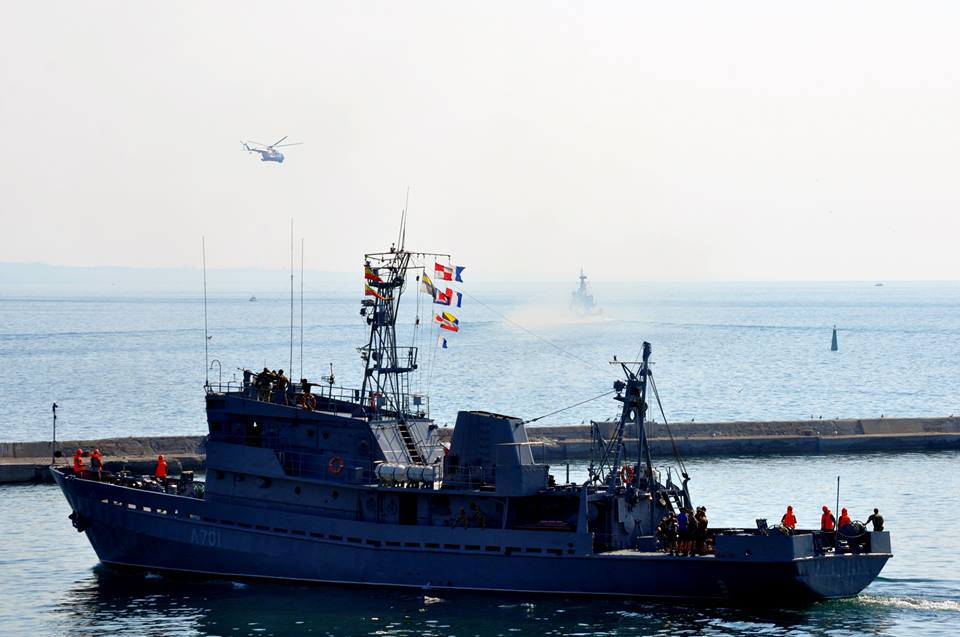
Anticipating Enemy Moves
— How have Ukrainian naval forces been able to anticipate and outmaneuver the enemy during maritime operations?
— One of the most decisive factors behind Ukraine’s success at sea has been the ability to absorb and apply wartime lessons effectively.
A case in point is the predictable maneuvering of russian forces within the fake "humanitarian corridor" announced at the end of March 2022 for the evacuation of ships from Ukrainian ports. This pattern allowed Ukrainian forces to forecast the route of the Admiral Essen frigate, which was successfully struck with Neptune missiles on April 2, 2022.
Similarly, the repeated maneuvering of the Moskva cruiser, mirroring its earlier path during a failed attack attempt on April 4, helped Ukrainian forces accurately predict and strike the vessel on April 13, resulting in one of the most iconic naval victories of the war.
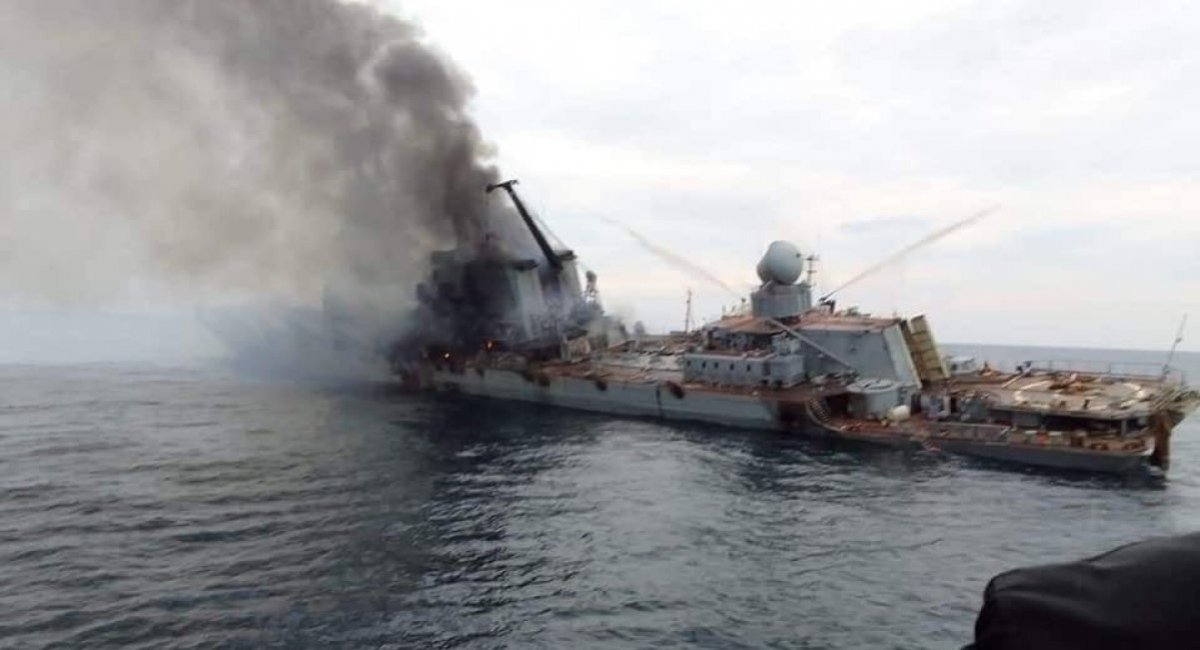
Start of Robotic Naval Warfare
— What role have new technologies and innovation played in the naval battles of this war? How have they influenced the course of operations?
— According to both domestic and international defense analysts, Ukraine has marked the beginning of a new chapter in the history of naval warfare.
On October 29, 2022, a joint strike carried out in Sevastopol by unmanned surface vessels and aerial drones — coordinated by the Navy, the Security Service of Ukraine (SSU), and other elements of the Defense Forces — successfully damaged three russian warships. This marked the formal start of robotic warfare at sea.
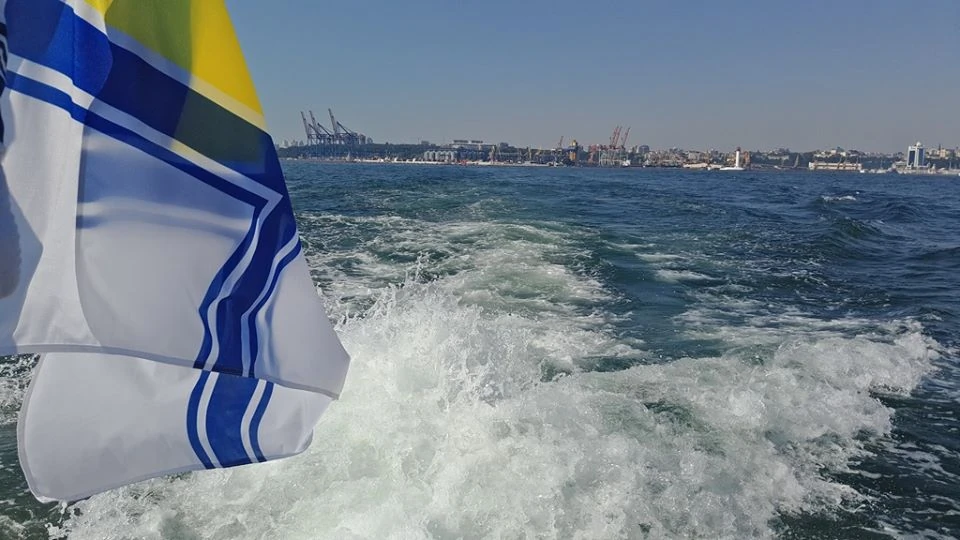
Subsequent strikes by unmanned surface drones operated by the SSU, Ukraine’s Defense Intelligence (HUR), and the Navy destroyed or damaged dozens of enemy warships, boats, and logistics vessels. They also hit the Kerch Bridge and targeted russian offshore oil terminal infrastructure. These actions eventually forced russia to scale back its military maritime logistics between Crimea and Novorossiysk and allowed Ukraine to seize the initiative at sea.
Securing Maritime Trade
— How effective have the Navy and other defense components been in protecting Ukraine’s economic interests amid the naval war?
— It is no secret that Ukraine’s development and defense capabilities are closely tied to its maritime economy. Port operations and sea-based exports have historically contributed significantly to the national budget. russia’s initial objective was to cripple this sector through its war.
However, precision missile strikes against russian naval vessels at sea forced Moscow to withdraw from Snake Island in June 2022 and accept the terms of the Black Sea Grain Initiative.
When russia withdrew from the grain deal in July 2023, Ukraine responded with targeted strikes on the Kerch Bridge and on russian vessels in Novorossiysk and the Kerch Strait. These actions demonstrated to the Kremlin that it could no longer operate at sea without consequences. Ukraine subsequently opened its own maritime corridor for commercial shipping from the ports of Odesa, Chornomorsk, and Pivdennyi.
The Ukrainian Navy provided security for this new corridor. Between August 2023 and June 2025, naval forces safeguarded the passage of over 10,000 ships, transporting a combined cargo volume of more than 120 million tons.
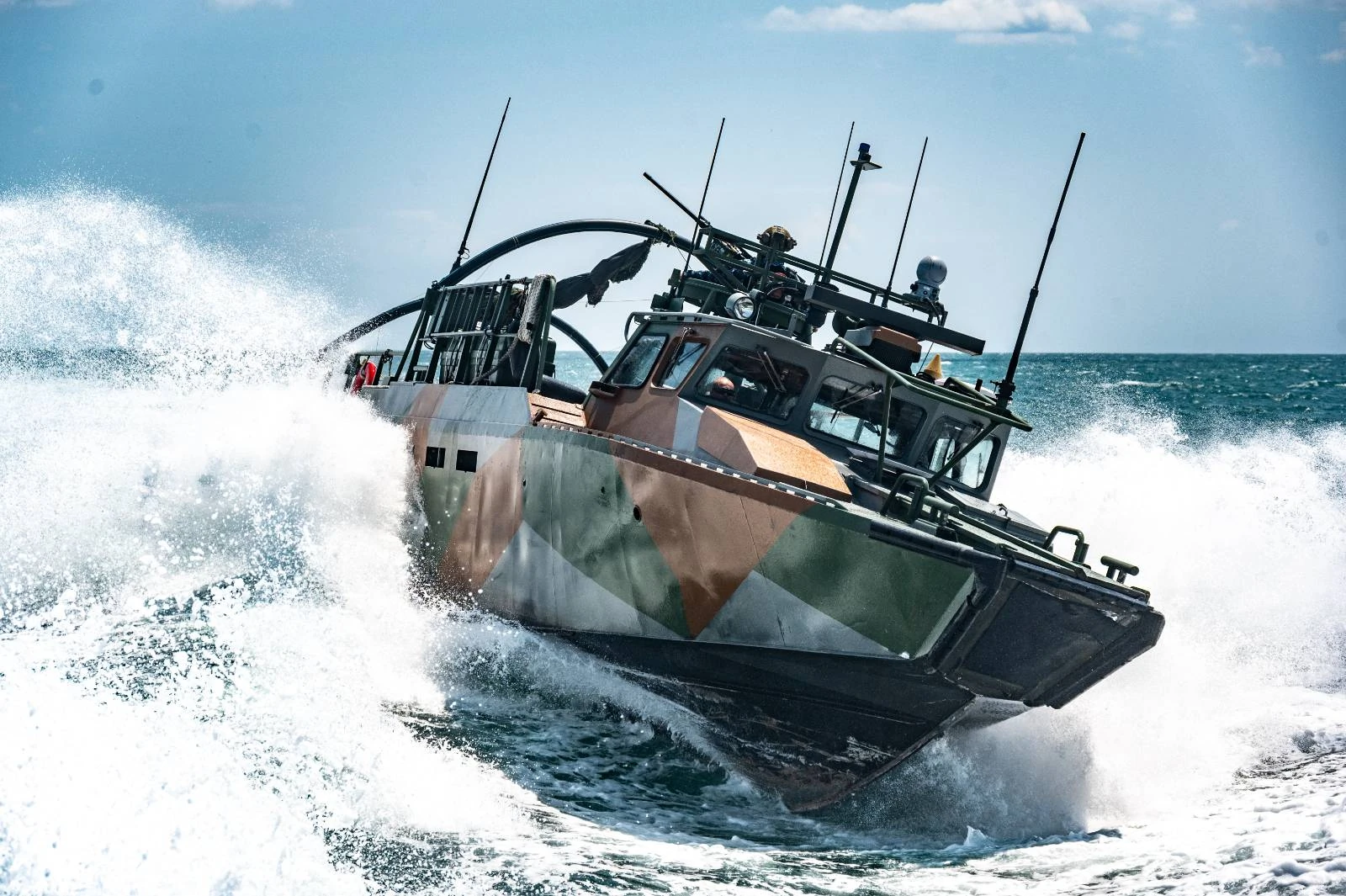
Precision Strikes on Critical Enemy Targets
— How have the capabilities of the Ukrainian Navy and other branches of the Defense Forces improved at sea in recent years? What has been achieved as a result of these advancements?
— With the increasing capabilities of Ukraine’s missile arsenal, the Navy has conducted high-precision strikes on russian warships and military infrastructure in Sevastopol and other naval bases in occupied Crimea. As a result of these attacks, russia was forced to withdraw its primary strike and amphibious forces to Novorossiysk in July 2024. All surface vessels and submarines carrying Kalibr cruise missiles, as well as amphibious and large support ships, were redeployed to that port. The introduction of the so-called Long Neptune has enabled strikes at distances of up to 1,000 km.
Naval Force Expansion
In recent years, the combat capacity of the Ukrainian Navy has grown substantially. To support naval operations, Ukraine established the 385th Separate Brigade of Special-Purpose Unmanned Maritime Systems, a separate Coastal Missile Brigade, and several other units and formations. The Navy is expanding its combat fleet through the construction of corvettes in Turkey and the acquisition of four mine countermeasure vessels from the United Kingdom, the Netherlands, and Belgium.
Marine Corps Growth
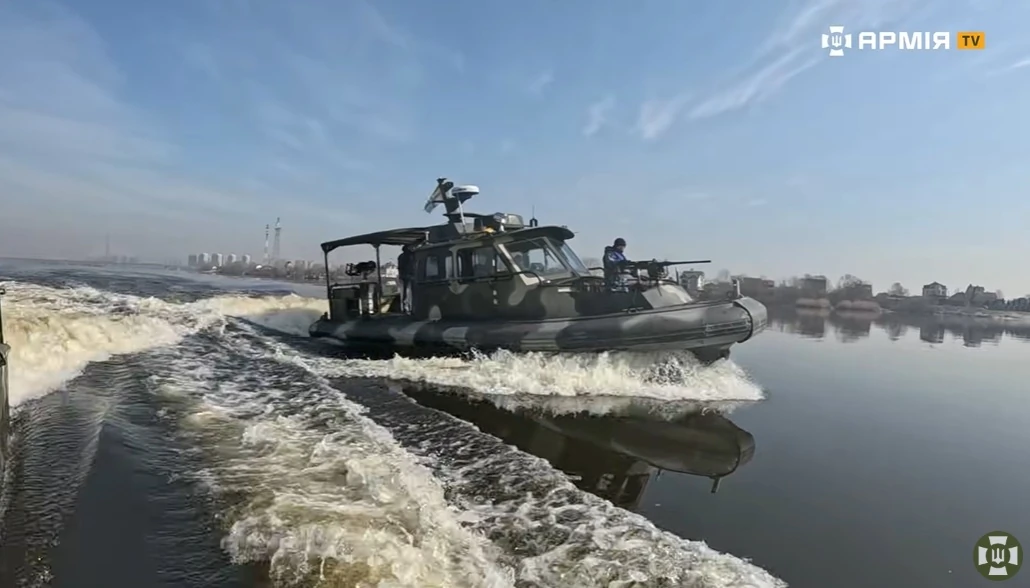
To carry out riverine operations, Ukraine created a River Flotilla in spring 2022. Meanwhile, the Marine Corps has grown severalfold and now includes nine primary combat brigades: the 35th, 36th, 37th, and 38th Marine Brigades; the 34th, 39th, and 40th Coastal Defense Brigades; and the 32nd and 406th Artillery Brigades. Special attention has been given to achieving technological superiority over the enemy, including the integration of UAVs and ground-based robotic systems across marine infantry units.
Dominance in Robotic Naval and Amphibious Operations
— How would you assess the recent achievements of the Ukrainian Defense Forces in the use of unmanned surface vehicles? Is the transition to maritime robotic systems now irreversible?
— Major changes in the character of naval warfare occurred between late 2024 and early 2025. Newly developed unmanned surface vehicles (USVs) operated by the Navy, Security Service of Ukraine, and Ukraine’s Defense Intelligence have proven highly effective in combat against air, sea, and land-based targets.
Ukrainian naval forces have used USVs carrying FPV drones to strike enemy units on offshore gas extraction platforms and coastal air defense systems. Additionally, USVs equipped with rocket systems, operated by the SSU and HUR, were used to destroy two russian aircraft and two helicopters.
Robotic Naval Warfare Is Here to Stay
These examples strongly support the assessment made by numerous Ukrainian and international military experts: the transition to robotic warfare, particularly at sea, is no longer theoretical. It is happening now.
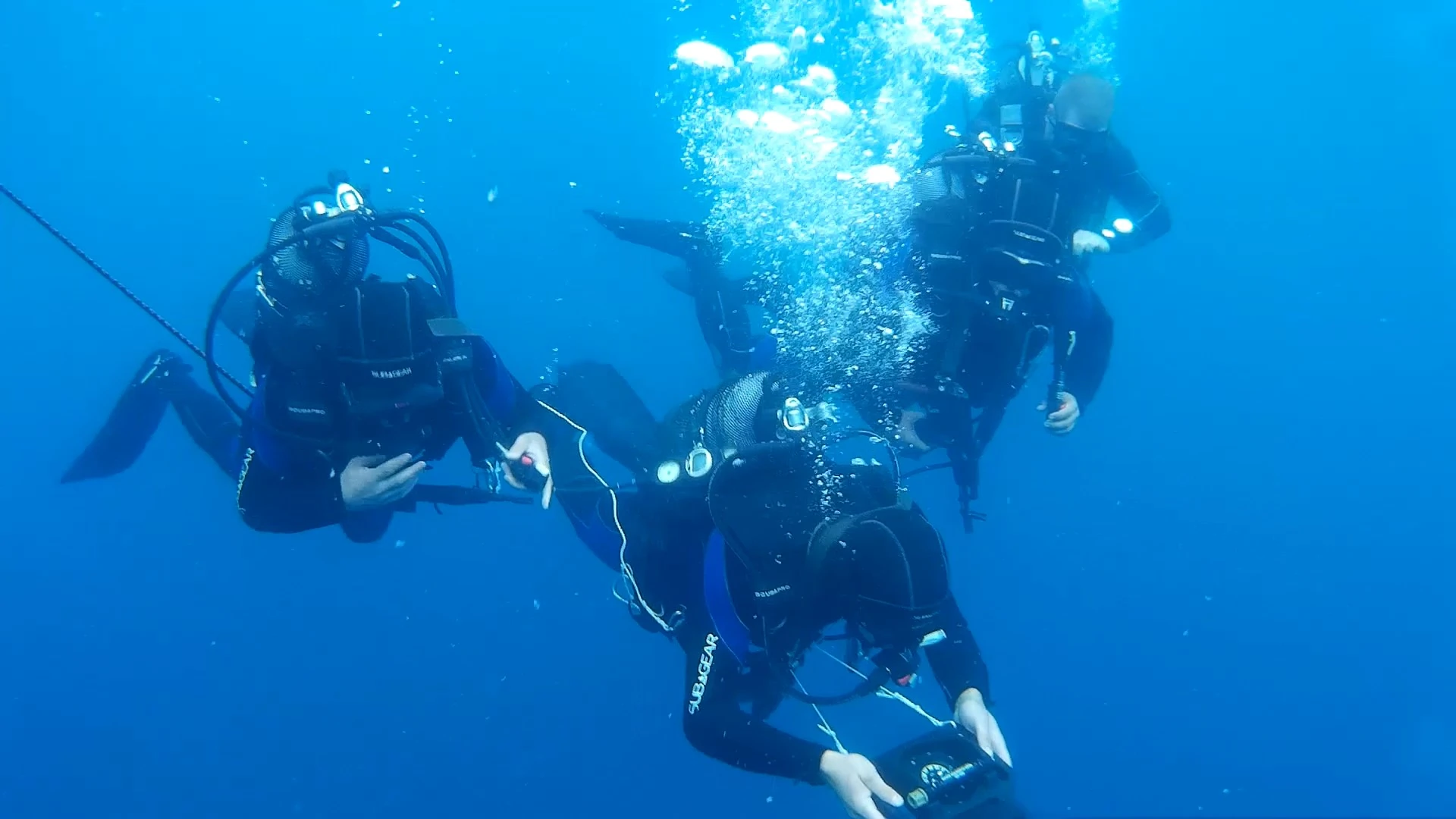
The Ukrainian Navy, together with other components of the Defense Forces, will continue to face resistance from the enemy in the maritime domain. However, the adversary’s technological lag will prevent it from regaining the initiative at sea.
At the same time, unless Ukraine breaks through the defense of Crimea through coordinated strikes on the enemy’s critical military infrastructure and liberates the peninsula, the conditions necessary for seizing the strategic initiative and achieving victory in the war cannot be established.
Read more: All Upgrades to Ukraine's Sea Baby Naval Drone Analyzed: From Boat-Bomb to UAV Mothership With a Smart Turret and Mines




